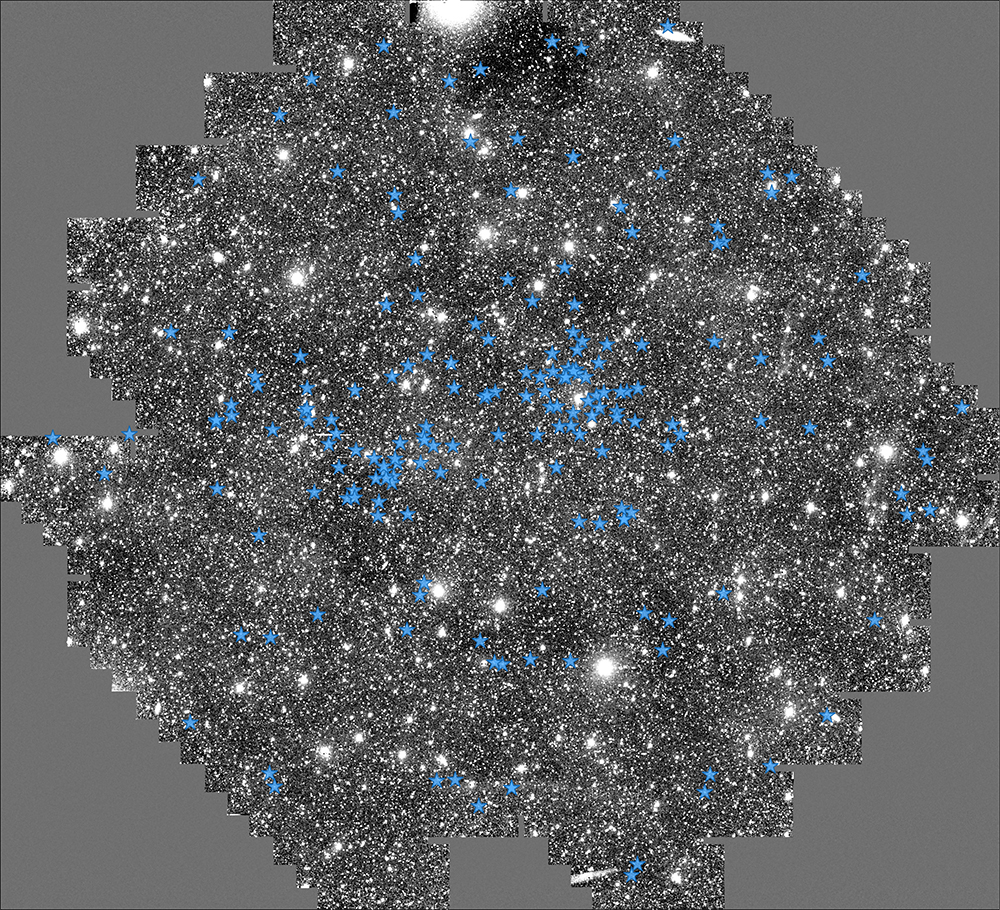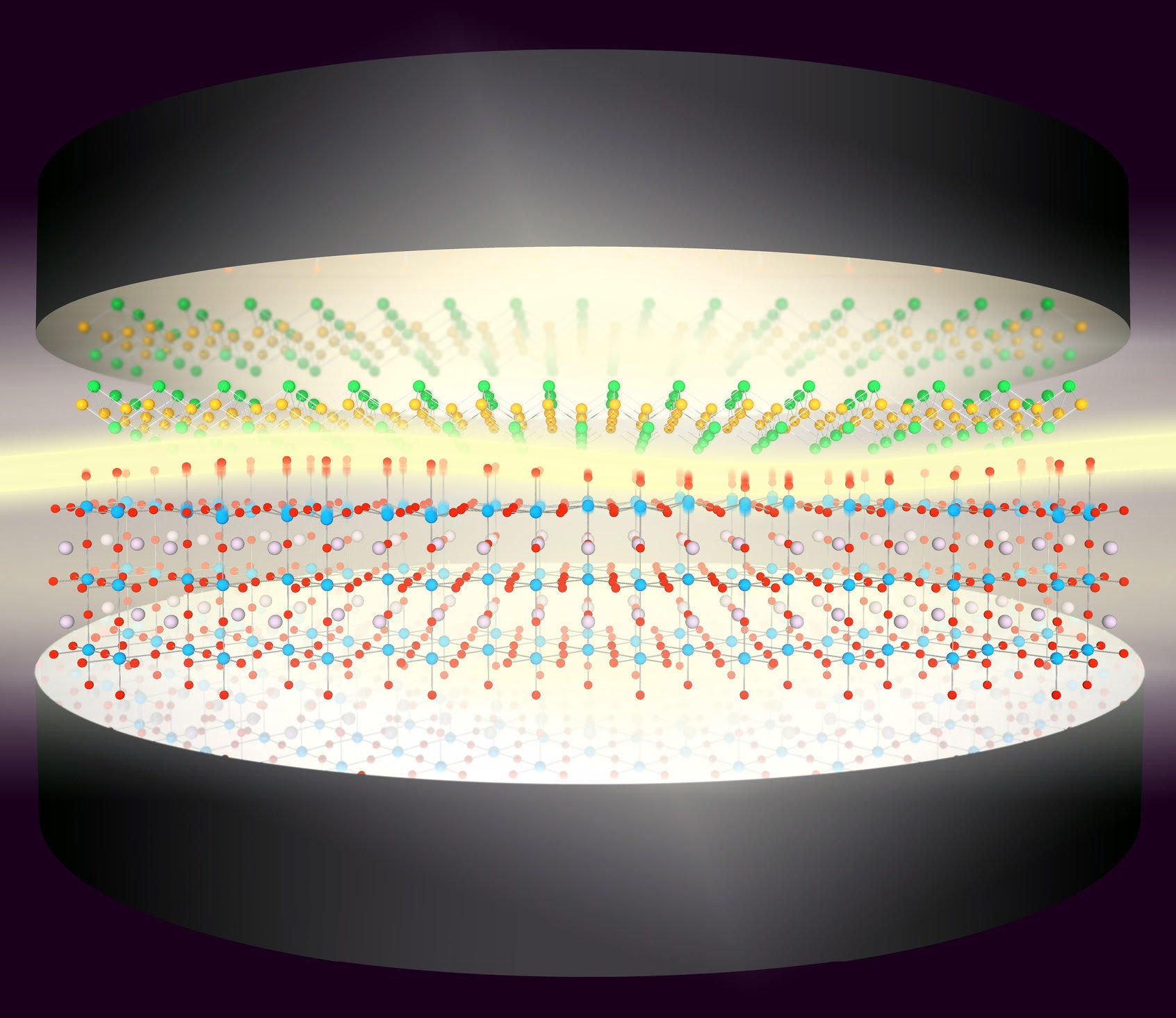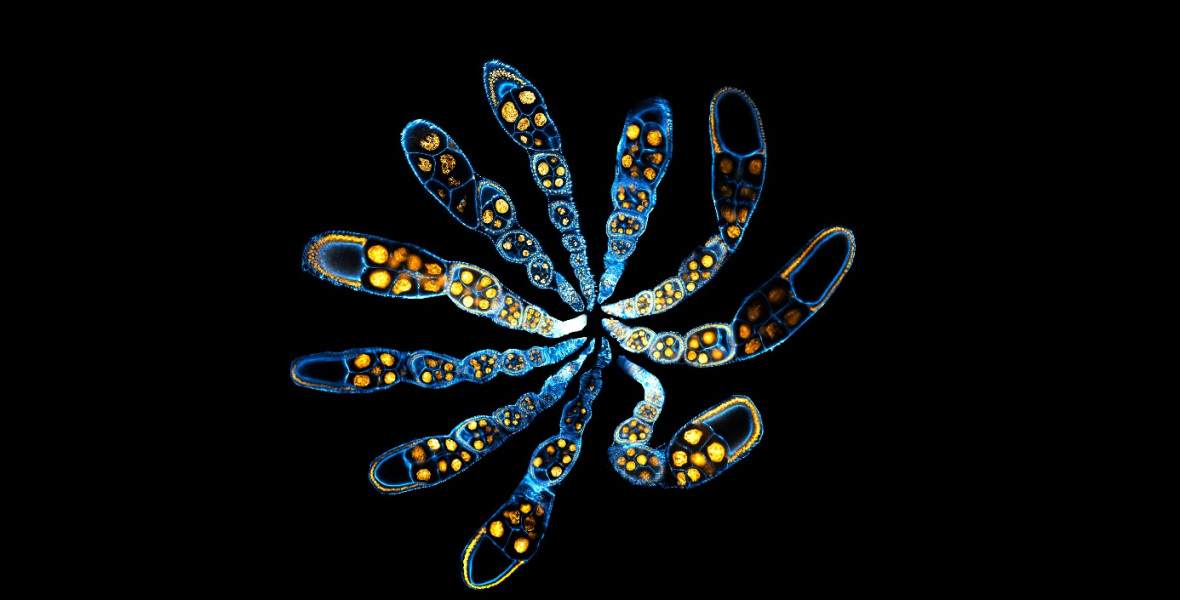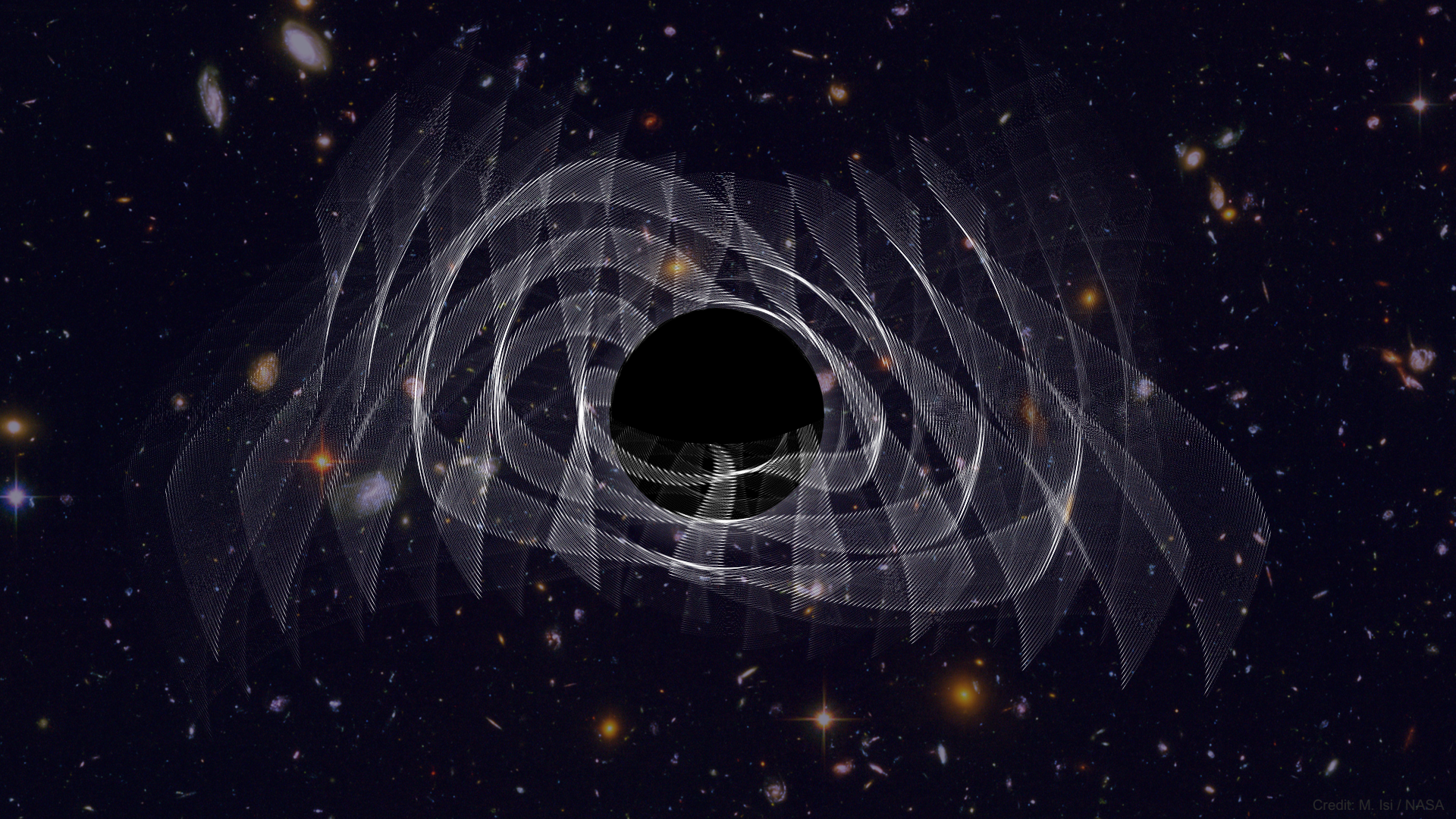
Flatiron Institute’s David Spergel Named a Legacy Fellow of the American Astronomical Society
Simons Foundation, February 2020David Spergel, director of the Center for Computational Astrophysics (CCA), is among 232 astronomers and astrophysicists honored as the first class of fellows of the American Astronomical Society (AAS). The distinction recognizes the honorees for enhancing and sharing humanity’s scientific understanding of the universe.








